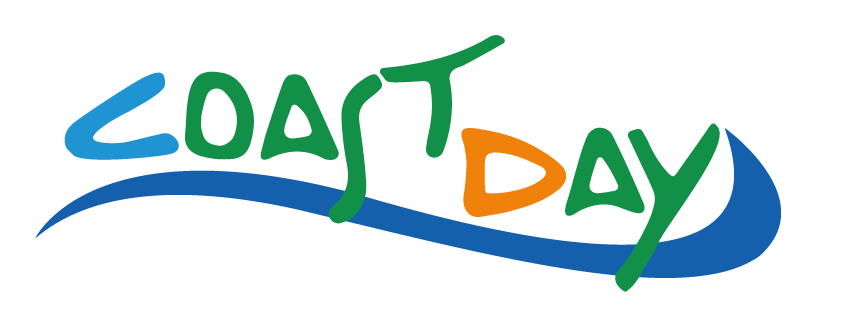
Coastal integrated coastal zone management Plan in Morocco
Schéma Régional du Littoral de la région Tanger-Tétouan-Al Hoceïma (SRL TTA)
Morocco is partly geographically and entirely culturally immersed in the Mediterranean. It is a country that seems to be a perfect example of the Mediterranean essence. The country is praised since medieval times, with Ibn Battūtah describing it as “the best of countries, for in it fruits are plentiful, and running water and nourishing food are never exhausted”[1].
Its northern part, the region Tanger-Tétouan-Al Hoceïma, faces the Strait of Gibraltar and Europe, situated between the Atlantic Ocean and the Mediterranean Sea. The Mediterranean basin, a region prone to many natural hazards, is one of the cradles of civilisation that has always been an attractive migration hub.
Read more
Since the projections for the Mediterranean region are to experience the highest raise in the frequency of occurrence of extreme events due to climate change, the concern raises with the regional increase of population and the use of space, the coastal zone in particular.[2]
The TTA’s coasts are experiencing heavy urbanization of the coastline, leaving no space for the beaches and wetlands to adapt to a present and future environmental change. Also, the TTA is one of the most populated regions of Morocco, with a relatively high density, which is more than four times the national average.
Even though it has experienced natural hazards and various challenges for centuries, its inhabitants have still managed to successfully inhabit the area. Morocco maintains, in its modernity, very strong traditional components, with the traditional forms of appropriation of space and the forms of its usage. People live and survive thanks to this territory and they are attached economically to it.
In order to continue living their lives in a changed future, the development needs to be sustainable, paying attention to equitable society, balanced economic development and nature protection. The Kingdom of Morocco is aware of the need for sustainability, giving particular attention to its coasts. In 2015 the Kingdom adopted Law 81-12 on the coastline. This new text is in line with the main guidelines and basic rules of integrated coastal zone management (ICZM), as stipulated in the ICZM Protocol of the Barcelona Convention. The law requires the elaboration of a National Coastal Plan (PNL) and Regional Coastal Schemes (SRL), taking into account the limitations of the non-constructible zone and the zones in which certain activities are prohibited or subject to certain restrictions, and “adopting an integrated management approach that takes into account the coastal ecosystem and climate change”. This political will is the ground for this project of the preparation of the coastal plan – SRL TTA.
MedProgramme, the UNEP/GEF “Mediterranean Sea Programme” is the GEF initiative in the Mediterranean Sea aimed at operationalizing priority actions to reduce key transboundary environmental stresses in its coastal zones, while enhancing climate resilience and water security and improving the health and livelihoods of coastal populations. The SRL TTA aims at establishing the basis for sustainable development of the coastal zone in the context of the ongoing climate change, where ICZM can be considered, together with land-use planning, as the most important instrument. Priority Actions Programme/Regional Activity Centre (PAP/RAC), specialized in coastal management, is in charge of the preparation of the SRL TTA with help of national and regional Moroccan partners from the Ministry of energy transition and sustainable development and international partners Plan Bleu/RAC, GWP-Med and UNESCO.
[1] Encyclopaedia Britannica
[2] Ivčević, A., Bertoldo, R., Mazurek, H., Siame, L., Guignard, S., Moussa, A. B., & Bellier, O. (2020). Local risk awareness and precautionary behaviour in a multi-hazard region of North Morocco. International Journal of Disaster Risk Reduction, 50, 101724.
